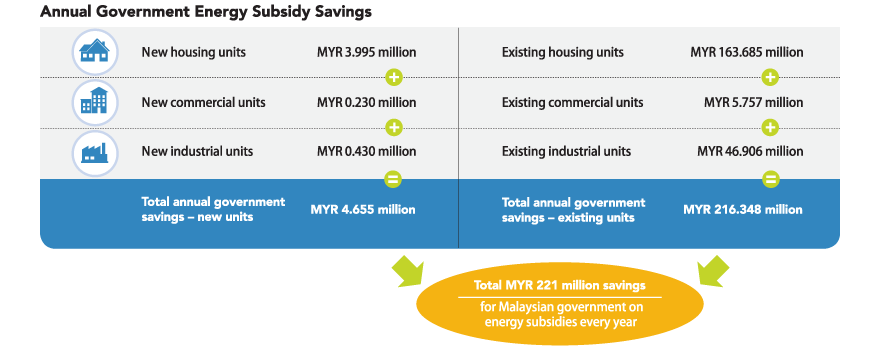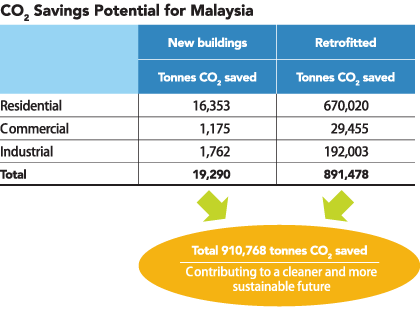
|
Energy Efficiency Your Ultimate Solution for Low Energy Building Soaring energy prices and concern about climate change from man-made emissions of carbon dioxide have propelled energy efficiency to the top of the agenda globally. Daily, more and more greenhouse gases are generated through human activities which includes the burning of fossil fuel, land-use change and agriculture. Gasses such as carbon dioxide, nitrous oxides and methane, form a blanket around the earth’s atmosphere. These gases trap and reflect the re-radiated solar energy from the sun, similar to the greenhouse effect of letting the sunshine in but stopping the heat from escaping. Over time, this causes an increase in the overall temperature of the earth, known as global warming. Climate change is the direct result of global warming, affecting people’s health, changes in food and water supplies, melting of glaciers which cause coastal flooding, interruption of ocean’s ecosystems and severe droughts in various places. If less energy is consumed, the amount of fossil fuel burned will also be reduced. As a result, there will be less emission of greenhouse gasses which can ultimately reduce the threat of global warming.  (MIMG, First Malaysian Study On Mineral Wool Insulation In Malaysia, September 2009, p. 6) In various researches and reports in Europe and North America, building has been identified as one of the big energy wasters, accounting for about 40% of energy used mainly for heating and cooling. With increasing global economic and social growth, the world’s energy consumption is expected to soar. Of this energy, 86% is being fueled by dwindling, non-sustainable natural sources that further add to man-made carbon dioxide pollution. In hot tropical climates like Malaysia, the use of air-conditioners contributes greatly to energy costs. A study done by CEDTEM (Centre for Environment, Technology & Development Malaysia) in 2006 for Malaysian Urban Household Energy Consumption Patterns showed that air-condition and fan accounts for 35% of the average electricity consumption by residential end users. This means that reducing the cooling costs can have a significant impact on energy consumption, which can ultimately reduce the strain of fossil fuel supplies and the country’s electricity grid demand. The LEO (Low Energy Office) building of MEWC (Ministry of Energy, Water & Communications) is an example of where up to 50% energy costs can be reduced.  (MIMG, First Malaysian Study On Mineral Wool Insulation In Malaysia, September 2009, p. 7) In 2006, the Energy Commission acting chairman said that even at a low demand rate of 4.7% a year, Malaysia’s energy consumption by 2020 would reach 74.1 million tonnes of oil which is 10 times the amount used in 1980. He believes that this will inevitably cause constraints on the nation’s ability to meet future energy needs, unless energy-efficiency measures are taken.  LESS ENERGY CONSUMPTION, LESS C02 EMISSION |
 (MIMG, First Malaysian Study On Mineral Wool Insulation In Malaysia, September 2009, p. 7) |
The potential for energy savings through technologies that is affordable and well proven already exists in Malaysia today. Insulation is one of the best and simplest solutions to reduce energy consumption of a building. Good insulation can minimise heat penetration into the building, thereby reducing energy required to cool it down and maintaining a cool indoor temperature. Insulation in buildings is mainly applied in roofs, ceilings, walls, internal partitions and floors. So, instead of installing large and expensive air-conditioners, only small models that consume less energy are needed. In some cases, the number of air-conditioners used can also be reduced. |
 INEFFICIENT BUILDINGS ARE BIG ENERGY WASTERS, SO INSULATE MORE  (MIMG, First Malaysian Study On Mineral Wool Insulation In Malaysia, September 2009, p. 8) |





